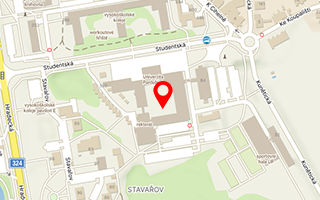- Introduction
The aim of the project is to develop and commercialize devices for the visual evaluation of weld quality in production. The issue of welds quality testing is a highly topical issue due to the extensive representation of welding operation for creating permanent joints in industrial production.
Currently, operators, or an automated quality-control system tailored to a specific production process, perform visual inspection of weld quality. The proposed solution will be unique in the implementation of special soft computing methods leading that the solution will adapt to the current conditions in production. With this proposal, the sensitivity of the device to changes in conditions (light conditions, position, and orientation of inspected products, ...) will be greatly reduced and applied to different types of production. The device will be usable in different types of welds and will be sufficiently effective for evaluation of weld quality in real-time.

